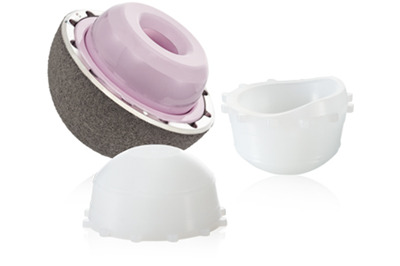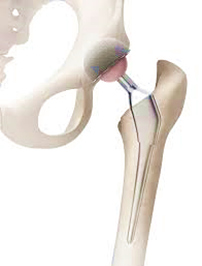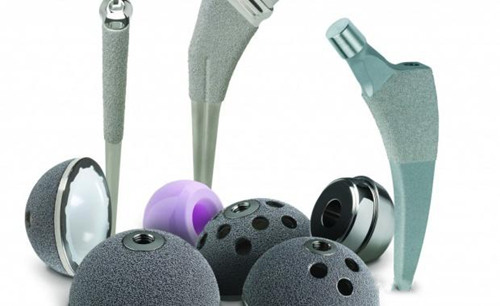

Artificial joint is an artificial organ designed on the basis of the development of metallurgy, biomaterials, biomechanics and orthopaedic surgery. It is used to replace human joints that have been damaged or lost function, so as to relieve symptoms and improve functions. Different artificial joints have been designed according to the characteristics of each joint in the whole body, including hip, knee, shoulder, elbow and ankle.
Artificial joint head, including hip joint, knee joint, shoulder joint, etc., is a replacement for joint damage due to arthritis and other causes. It is a man-made model, mainly composed of titanium, cobalt and chromium alloy and other special metals, as well as ceramic, polymer polyethylene and other special materials.


Artificial joint head is a high-tech precision medical product. After being transplanted into the human body, side effects and decay are not allowed. It requires high durability, which makes it more demanding for shape and precision grinding.
There are currently several different hip implants available internationally for the use of implants, each of which uses different materials and has different advantages and disadvantages.
At present, there are a large number of hip implants available in the international market.
Implants made by different manufacturers have different models, but the choice of implant materials is as follows:
1. Metal to plastic (polyethylene or ultra-high crosslinked polyethylene)
2. Metal-to-metal (MoM)
3. Ceramic to plastics (ultra-high crosslinked polyethylene)
4. Ceramics to ceramics (CoC)
Metal to plastic: Wear is about 0.1mm per year. However, due to more modern development,metals and ceramics have achieved higher wear resistance.
Metal-to-metal: Hip implants last even longer than metal-to-plastic hip implants. The wear rate of metal-on-metal implants is about 0.01 mm per year, which is nearly 10 times less than the rate of metal-on-polyethylene wear. But the products of wear (microscopic particles, soluble metal ions) can be distributed throughout the body. When metal parts rub against each other, small pieces of metal can fall off into joint Spaces and blood, leading to inflammation and other problems. In some patients with long-term osteolysis, local tissue blackening may be seen during revision surgery, which may be worn down metal ions.
Ceramics are the new hip replacements of the 21st century. They are tough and durable, wear is minimal, and the material is widely believed to have no toxicity or side effects.
Ceramic materials have high hardness: such as alumina ceramics hardness up to HV2500~3000, also higher than hard alloy, second only to diamond and cubic boron nitride CBN, with high wear resistance, so as to its surface precision grinding processing requirements are higher.

Only superhard materials (CBN) can cut general engineering ceramics.
The removal mechanism isBrittle damage occurs to the material being cut near the edge of the tool blade.
The machined surface does not have the machined metamorphic layer caused by plastic deformation, but the cutting of brittle crack will remain in processing on the surface, which affects the intensity and working reliability of ceramic parts. In view of the special machining performance of engineering ceramics, superabrasive precision grinding is usually used in machining. At present, the machining technology of artificial joint head mainly adopts the installation of ceramic diamond wheel on the ultra-precision grinding machine to grind the ceramic sphere.
Imported resin diamond grinding wheel has been used in ceramic artificial joint grinding, but there are some problems in the grinding process, such as workpiece burn, grinding immobility, poor surface accuracy, etc. The grinding of artificial joint head is carried out by installing ceramic diamond grinding wheel on ultra-precision grinding machine.
Vitrified CBN diamond grinding wheel has the following advantages:
1. High grinding efficiency.
2. High wear resistance: Grinding wheel has high wear resistance, less abrasive consumption, and its wear resistance can be most obvious when grinding hard and brittle workpiece.
3. Grinding heat conductivity is good, the workpiece is not easy to deformation.
4. The workpiece grinding high precision, good surface quality.
----EDITOR: Doris Hu
---POST: Doris Hu
Semiconductor Industry Solutions
PCD & PCBN Tools Grinding Industry
Diamond Cutting Bruting Polishing
Add: No.171 Zhongyuan Rd, Zhongyuan District, Zhengzhou, 450001, Henan, China
Tel: +86-371-86545906
Phone / Whats App: +86 18339903057
E-mail: [email protected]



